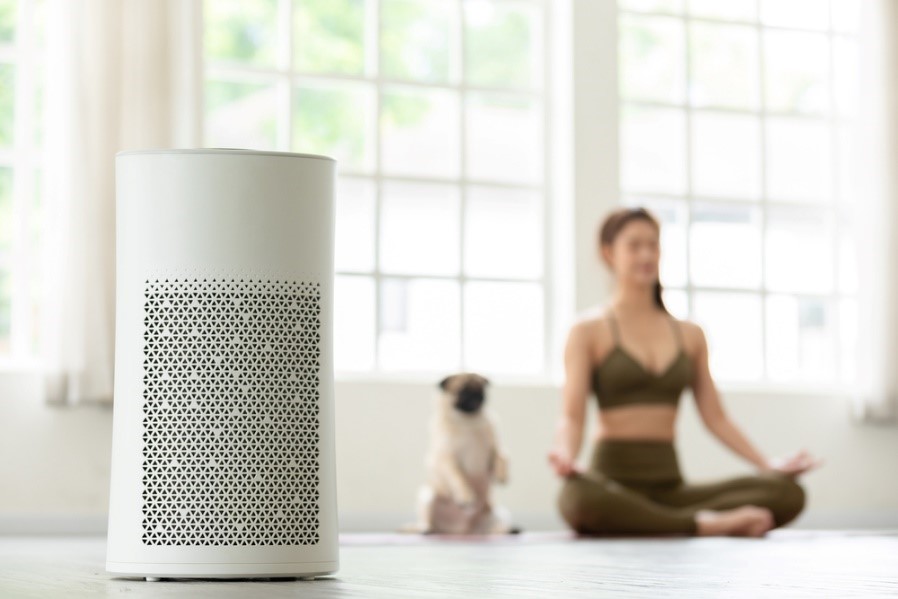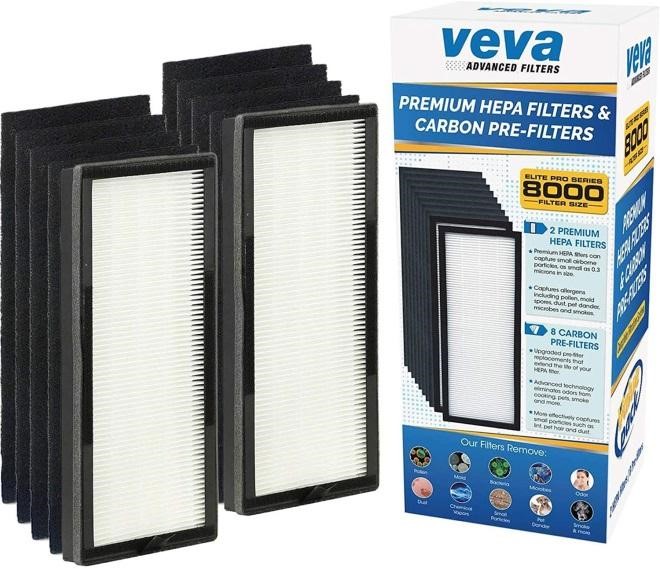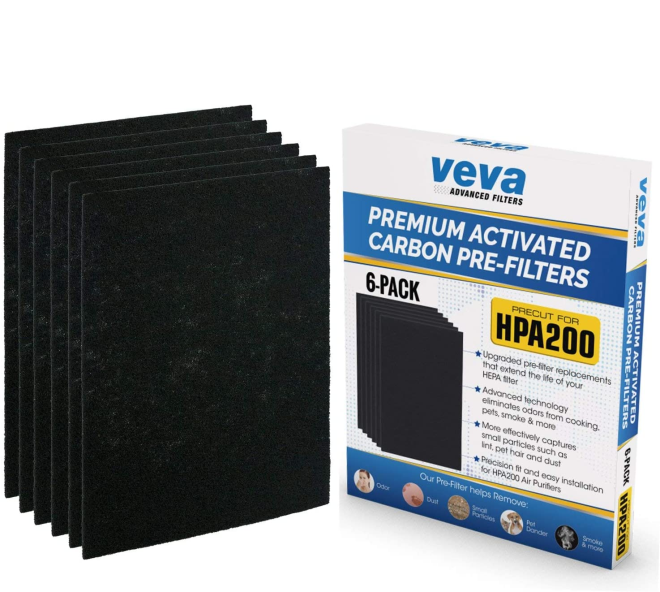
You’ve decided to do something about the pounds you’ve been piling on. You’ve adopted a healthier diet and incorporated 15 minutes of moderate-intensity exercise every morning. How can you tell whether your new lifestyle is working? Easy. After a few weeks, your clothes won’t fit as snug as they were before.
Figuring out if your air purifier is working isn’t quite as easy. You may not always be able to tell whether it is cleaning the air as it should, mainly because the particles it picks up are microscopic. In other words, they’re invisible to the human eye. If you’re wondering how to tell if air purifier is working, here are the four main things to look out for.
1. Check the Service Lights
This is a no-brainer. It’s basically the check-engine light for your air cleaner. If the indicator is on or displaying a color other than green, it means there’s something that needs fixing. Depending on the purifier model you have, there may be several service lights that point to the exact issue or a single light that tells you there’s a problem without specifying what.
Some of the most common service lights include:
- Air quality indicator
- Fan speed indicator
- Filter life indicator
- Ion mode indicator
- Pollen mode indicator
For instance, if the filter life indicator is on, it means there’s dirt, particles, gaseous pollutants, and airborne allergens clogging up the airways. As a result, the air purifier may not be working as it should.
Depending on the model you have, the light may glow green, yellow, or red. Green means all is good. If your air purifier is working as it should, the green light should be on throughout. If the light changes to yellow, it means it might be time to replace the air filter. If the light turns red, which isn’t usually too long after it’s turned yellow, it means you definitely need to replace the filter.
2. Check for Dust Particles, Mold Spores, and Other Contaminants
Air purifiers don’t just remove airborne particles floating around; they also protect you from allergens, airborne pollutants, bacteria, dust, viruses, pet dander, and several other types of pollutants to improve the overall air quality in your home or office.
That being said, you need to periodically check whether your air filters are dirty. Depending on the type of technology your purifier runs on, you may need to clean or replace the filters anywhere between 2-4 weeks.
If your device has a pre-filter, you will need to clean it every three weeks on average and replace it after 6-8 months. On the other hand, an activated carbon filter and true HEPA filter are not designed to be cleaned. Instead, you should replace them at the 6-month mark.
The VEVA 8000 range of purifier filters are often the go-to true HEPA filter and activated carbon pre-filter replacements, given how effective they are at eliminating odor and removing pollen, pet dander, dust, and tiny 0.3 micron-sized allergens.
The premium pre-cut VEVA range of activated carbon filters would be the ideal choice for air purifiers that rely purely on activated carbon pre-filters. One of the most remarkable things about them is their uncanny ability to filter out any volatile organic compound from the air, making them ideal for households with smokers.
Always refer to your device’s user manual for instructions on how to clean or replace air filters. It may involve vacuuming the filter to remove dust, dust mite, particles, and other forms of air pollution, or gently washing it with lukewarm soapy water and giving it a good rinse before leaving it out to dry for a couple of hours.
3. Check the Airflow
If you switch on your purifier but notice there’s no air blowing out of the vents or that the air circulation isn’t what it once was, it’s a definite sign that it’s not working as it should. With that in mind, the first thing you need to look at is the device’s air inlet and outlet to check if anything is obstructing the airflow. If there’s dust, use a cloth or soft brush to clean the vents.
If that still doesn’t resolve the issue, check to see whether the fan is working. The fan plays a very central role in the air purification process. It draws in the polluted air from the room and directs it to the filters, which then trap dust and other particulate matter.
If the fan isn’t moving, you’ll need to call in a professional to fix the issue. On the other hand, if the fan is moving but is louder than usual, it might be a sign that the unit is working harder than it should. If that’s the case, check whether the air filters need to be cleaned or replaced.
4. Check the Air Quality

Once you’ve performed all these performance tests and still can’t tell if your air purifier is working properly, you’ll need to check the indoor air quality. This involves doing a particle test to check for mold, pollen, allergens, and odor.
This is done using an air quality monitor. It’s a great device to have on hand not only to tell if your purifier is actually cleaning the air but also if you have chronic respiratory issues that make you susceptible to asthma triggers or allergy symptoms brought on by poor indoor air quality.
To do the performance check, first, turn on your air purifier and leave it running for 30-40 minutes or so. Next, turn on your air quality monitor and use it to record two different readings.
The first reading should be taken when you first turn on the purifier. Record the second reading once your purifier has been running for 30-40 minutes.
If your air purification system is working as it should and is generating clean, healthy air, the second reading should be lower than the first. On the other hand, if the second reading is the same or higher than the first, it means that your purifier isn’t working and that the quality of indoor air circulating in your home is poor. If that’s the case, have a professional come in and diagnose the issue.
Now, you might be thinking – my air purifier already has a built-in indoor air quality monitor. Why do I need to buy another one? The short answer is – you can’t trust the readings from built-in monitors wholeheartedly.
If you already suspect that your air purifier isn’t working properly, you need to use an independent device to validate your concerns. Besides, the air directly around your purifier would be the cleanest in the room. A mobile air quality purifier would test the air in other parts of the room to give you a true sense of the air quality in your home.
Cleaner Air for Better Health
There you have it – how to tell if air purifier is working. If you’re still experiencing issues despite using the tips detailed in this guide, get in touch with the manufacturer for support or call a maintenance professional to look into it.
If you’re on a tight budget, check out our top picks for the best cheap air purifiers on the market right now.


